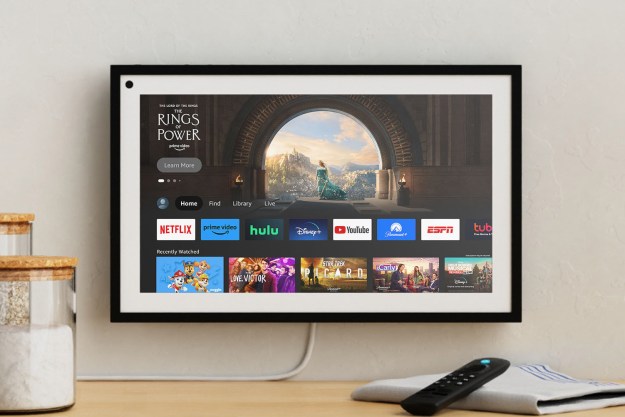In light of recent discussion surrounding smart home security, researchers Chase Dardaman and Jason Wheeler began to look into popular smart home hubs to discover just how secure the devices actually were. What they found is unsettling at best, TechCrunch reports. The two researchers hacked into a ZipaMicro, a smart home hub produced by the Croatian company Zipato. Their research revealed three specific security flaws that, when used in conjunction with one another, could open a smart lock connected to the hub.
Dardaman and Wheeler discovered a secure shell key (SSH), a standard part of most modern network security, had been hardcoded into every hub. This key could be extracted from the memory card on the device. What’s more, anyone with a private key could access the device without the master password.
In other words, every home with the same hub was vulnerable to attack. The Zipato hub uses a type of security authentication called “pass the hash.” When a password is entered into a device, it normally scrambles the password upon entry and stores it that way so only someone or something with the right encryption code can access it. “Pass the hash” means the Zipato hub does not need to unscramble the password to use it; the device grants access even if the scrambled (hashed) version is used, which allowed Dardaman and Wheeler access.
While this vulnerability only applies to Zipato hubs, any device operating under the same account is open to attack. Many apartment buildings have begun to install smart locks in units to offer potential renters more convenience, but this exploit means any apartment under the same account could be opened at will.
The ZipaMicro is designed to grant homeowners easy control of all their devices through a central point, but these findings show how a hub can potentially create vulnerabilities that bypass other security measures.
Of course, there are obstacles in the way. Any attacker would need to have access to the same Wi-Fi network as the smart hub in question. If a device is connected to the internet, however, that is no longer an issue — an attacker could gain remote access.
According to Zipato, it has 112,000 devices across 20,000 households, but the exact number of vulnerable systems is not yet known. Zipato released a statement after the researcher’s findings were made public that multiple security improvements have been made, but the existence of such a vulnerability brings security advocate’s concerns front and center: Smart home technology needs more protection.
Editors' Recommendations
- SimpliSafe is now using AI to prevent burglars from entering your home
- Does the Pan-Tilt Mount work with the Blink Mini 2?
- How to convert your window blinds into smart blinds
- Blink Mini 2 vs. Nest Cam (Indoor): Which is the better affordable security camera?
- Google rolls out new Nest Cam features to Google Home for web




